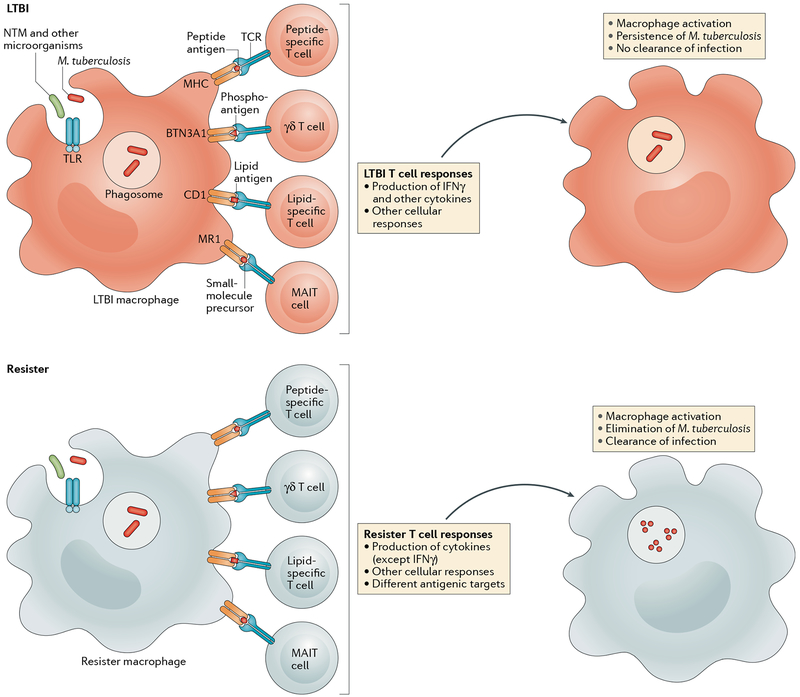Fig. 3 |. T cell-mediated resistance to Mycobacterium tuberculosis.
After phagocytosis of Mycobacterium tuberculosis by macrophages and dendritic cells (not shown), various T cell responses are stimulated, including conventional MHC-restricted responses (peptide-specific T cells) and MHC-independent responses (γδ T cells, which detect phosphorylated prenyl metabolites (also known as phosphoantigens)), CD1-restricted (lipid-specific) T cells and MHC class I-related gene protein (MR1)-restricted T cells (also known as mucosal-associated invariant T (MAIT) cells); MR1 presents small molecules, such as vitamin B2 derivatives. Production of IFNγ by CD4+T cells is a hallmark of the T cell response in individuals with latent M. tuberculosis infection (LTBI), whereas by definition, ‘resisters’ lack this IFNγ response. Qualitative differences in T cell responses between resisters and individuals with LTBI lead to the production of different macrophage-activating cytokines and chemokines, resulting in either the elimination of M. tuberculosis by resisters or persistence of M. tuberculosis in individuals with LTBI. BTN3A1, butyrophilin subfamily 3 member A1; NTM, non-tuberculous mycobacteria; TCR, T cell receptor; TLR, Toll-like receptor.

